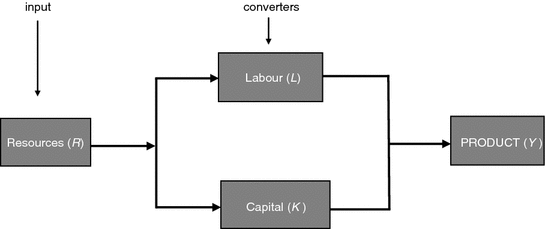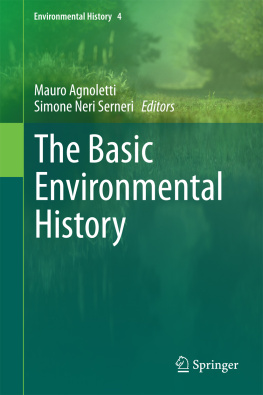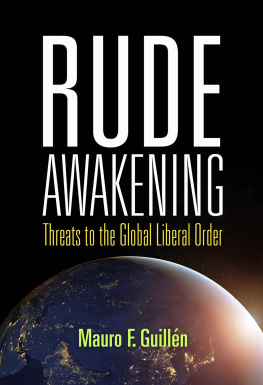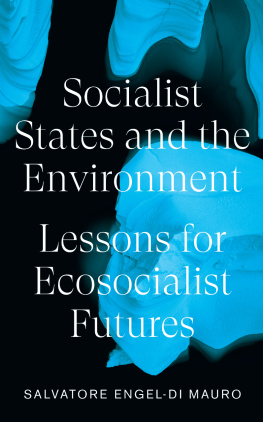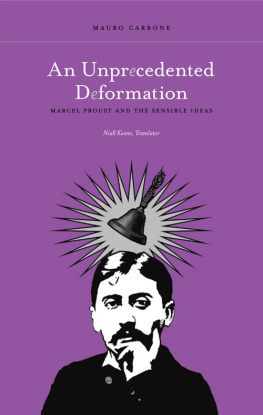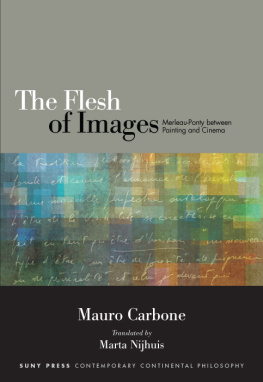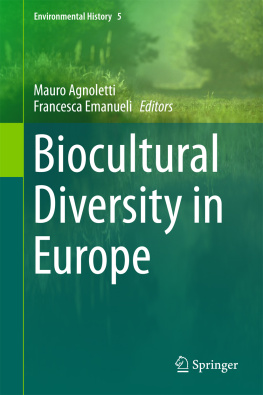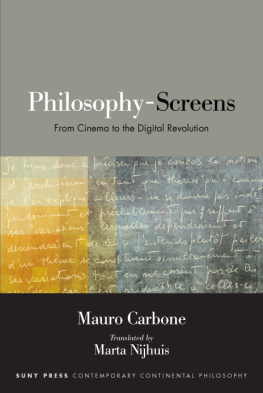1.2.1 An Economic Definition
In daily life we have direct contact with matter, but not with energy. Matter can be touched, its form described and it is to be found underfoot as well as around us. With energy it is different. Its indirect effects are only perceived deriving from changes either in the structure, that is the molecular or atomic composition of matter, or in its location in space, such as in the case of a stream of water or wind, whose potential energy we can exploit. In both cases effects such as movement, heat or light reveal the presence of what we call energy from about 200 years.
In physics energy is defined as the ability of bodies to perform work. Since work is the result of force by distance, then energy includes any movement of some material body in space together with the potential energy deriving from its position. Heat as well is the result of the movement of the components of matter. When dealing with the economy and then with the interrelationship between humans and the environment, our definition must be a little different. We could define energy in economic terms as the capacity of performing work, useful for human beings, thanks to changes introduced with some cost or effort in the structure of the matter or its location in space . Solar heat is of primary importance for the existence of life. The definition of energy in physics includes it. Since it is a free source of energy, it is not included in our economic definition; whereas the capture of solar rays by means of some mechanism in order to heat water or produce electric power is included. In the first case solar heat is not an economic resource, while it is in the second. The formation of biomass in a forest is a transformation of the Suns energy by the plants through photosynthesis and is not included in this definition either. On the other hand, firewood is included, which is a part of forest biomass used by human beings for heating, cooking and melting metals. Food is a source of energy in economic terms, since its consumption enables the performance of useful work and its production implies some cost. Food for animals is only exploitable, and then it is an economic resource, when metabolised by those animals utilized by humans for agricultural work. It is their fuel, and, since the power of the working animals is exploited by the people, its calories have to be divided among the consumers (such as the fuel of our cars today is divided among the population and is part of their per capita consumption). When consumed by wild animals in a forest, however, these calories are not a source of mechanical power for humans and then are not included in our calculation of past energy consumption. Both fossil fuels used today and uranium are also energy carriers. They were not until a quite recent epoch, since they were not utilized in order to produce economic goods and services.
Although the definition of energy in physics is much wider than in economics, the definition here proposed is much wider than the ordinary meaning of the term energy. Many people immediately think of modern sources, when speaking of energy, and do not include daily food consumption. It is well known that working animals played a central role in pre-modern agricultural economies, but their feed is not considered as a main source of energy for humans. The lack of a clear definition, common to most contributions devoted to the history of energy, prevents from the possibility of calculating energy consumption in past societies.
1.2.2 Energy and Production
In the long history of technology, main developments consisted in the increasing knowledge about the possibility of extracting energy from the input of natural resources. The production process and the role of energy can be represented by the following diagram (Fig. ).
Fig. 1.1
Natural resources, converters of energy, product
The diagram can be seen as an illustration of the ordinary production function:
Labour ( L ) and capital ( K ), the factors of any productive process of useful goods and services ( Y ), can be better defined, from the viewpoint of energy, as converters able to extract energy from resources ( R ) in order to transform materials into commodities. Y is in fact a function ( F ) of the converters. The progress of technical knowledge embodied in A , plays a central role in the production function. In one sense, energy is the main input; that is to say, the main input is that part of matter (resources R ) transformed by the converters, that is by workers ( L ), who metabolize food, and capital ( K ), which transforms some materials such as firewood, coal, oil, gas and electricity into mechanical work, heat and light.
The increase in productivity of energy, as a consequence both of discoveries of new sources and technologies ( macro - inventions ) or improvements in the exploitation of those already existing ( micro - inventions ) can be represented by the following ratio:
where Y is output (in value) and E is the total input of energy in physical terms (in Calories or joules or any other energy measure). The formula represents the productivity of energy, that is the product generated by the unit of energy. It is the reciprocal of the better known energy intensity ( i ), or the energy we need to produce an unit of GDP:
